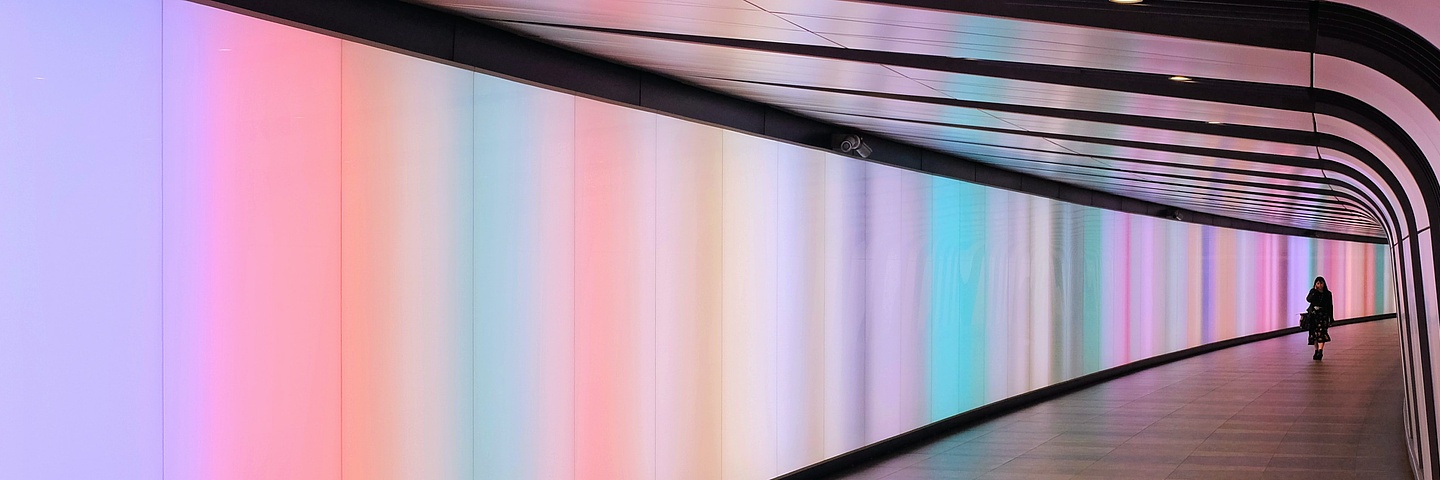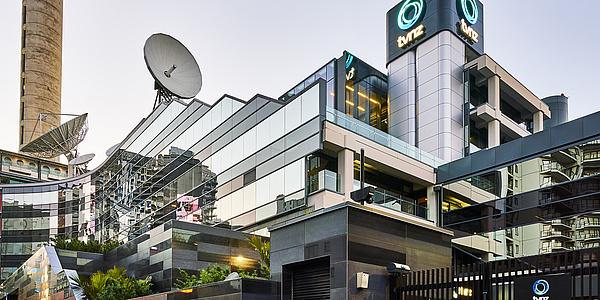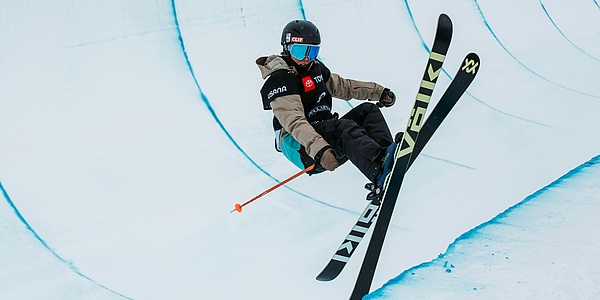
Challenges of the transformation to SMPTE ST 2110

Switching to new standards is easier with experts’ know-how
The broadcast industry was in the midst of profound change – long before the COVID-19 pandemic forced additional future-shock. The switch to cloud-based workstreams, OTT media services, all-IP infrastructures, and video production in 4K are just some examples of the seismic changes sweeping the industry. Many customers are asking for greater flexibility and scalability for their production and playout infrastructures involving commercial off-theshelf (COTS) equipment to be format-agnostic with HD, UHD, or even 8K video content.
In this context, the switch from SDI to SMPTE standard ST 2110 is perhaps the most significant change in decades. It represents a fundamental transformation of the traditional broadcast fabric with game-changing potential to alter the way content is produced, delivered, and monetized. Every broadcaster across the world is facing the challenge of moving systems, technologies, workflows, and personnel over to IP. They are doing so at different rates depending, among other things, on budget, business strategy and legacy infrastructure. Qvest provides an overview of the status, the crucial challenges, and next steps in the global transition to SMPTE ST 2110.
Where do we stand with standards?
Qvest’s expert team has witnessed the development of the key industry SMPTE ST 2110 suite of standards at first hand. The company is an active and longstanding member of SMPTE and close partner of the AMWA association, which has defined the related NMOS family of specifications. Working with SMPTE and AMWA, Qvest contributed to the JT-NM TR1001 recommendation for system environment and device behaviors for SMPTE ST 2110. With those credentials in mind, we can state categorically that the SMPTE ST 2110 standards are solid and that their extensive use in broadcast was made possible by the NMOS specifications.
The AMWA specifications IS-04 (Discovery & Registration) and IS-05 (Device Connection Management) are very stable and provide a solid bedrock for implementation into equipment by manufacturers today. This is crucial since these specifications, which enshrine interoperability, are essential if the industry-wide IP transition is to be completed. Further specifications such as IS-06 (Network Control), IS-07 (Event & Tally), and IS-08 (Audio Channel Mapping) are also being continuously revised and improved to function better over time. As it stands today, NMOS can be considered the lowest common denominator for detection and controlling devices, while the use of some (proprietary if necessary) APIs and (IP) protocols are still required, for example to collect alarms from devices or to control more specialized functions.
What are the lessons learned so far?
Although implementation of the IS-04 and IS-05 specifications in real-world broadcast scenarios is improving year after year, the overall situation is a long way from simple ‘plug & play’. Some broadcast engineers will state that SMPTE ST 2110 is not overly complex to deploy – which can be true when starting with a small environment and a systems integration team versed in IT. But as soon as larger systems are concerned and specific customer workflows require integration – (security measures, for example) – it gets more complicated.
The larger and more complex the project the more integration is required with extensive test runs to be carried out. There is no ‘one-size-fits-all’ procedure. Each project has different network switches, SMPTE ST 2110 cards, orchestration layer, end devices – and each combination effectively results in a different integration.
Since 2018, Qvest experts have helped design and execute several medium and large SMPTE ST 2110 environments worldwide – each with a unique customer context and technical ecosystem, and each with different issues to solve. By doing so, Qvest has gained a wealth of experience in the field and stands ready to help customers speed their SDI to IP transformation. Broadcasters can reach their technical and business goals - to deadline - while their operational teams absorb more knowledge about the day-to-day workflow operations of an IP-based media infrastructure.
What other changes come along with SMPTE ST 2110?
Such transformation projects are very technical. But they also require some changes to the workflows of each customer. For example, the right user interfaces need to be defined when dealing with assigning audio streams (more than 16 channels are possible) to video (several video streams can be associated) in a package. While operators are still able to use familiar broadcast controller interfaces and panels, the impact of the SMPTE ST 2110 transition for maintenance and engineering teams can be severe. In addition, rigorous cyber security measures need to be implemented to match the failsafe protection of legacy systems with the transition to IP. Qvest can help set up training programs that go far beyond individual product knowledge to address these issues.
What is possible in terms of virtualized infrastructures?
SMPTE ST 2110 will also be an enabler for future virtualization of the infrastructure. There are still challenges to solve, but as soon as it is available in a larger scale, the virtualization of SMPTE ST 2110 software-based products will contribute to optimizing the power consumption of broadcast infrastructure. Software and IT-based 24/7 infrastructures should be tested on a (smaller-scale) platform that is built with the same products as the actual production platform. In addition, products and configurations need to be updated in-time. You cannot afford negative side effects of a software update if a system is used in production 24/7.
Moreover, maintenance procedures must be well defined and documented, regardless of whether that is for the update of one component or the whole system. Keeping these challenges in mind, Qvest always gives the transition period from the project build to the maintenance phase focused attention.
What makes Qvest SMPTE ST 2110 projects successful?
The Qvest spirit is to involve the customer team members from the very beginning to make sure engineering and support staff are getting a rounded in-depth understanding as well as technical specifics about the new infrastructure. For the Qvest team, this intensive involvement is one major pillar supporting the project’s success.
Another factor is the customer’s ability to lean into the experience and professionalism of our experts at Qvest. We have implemented numerous cutting-edge technological solutions for customers over decades – which results in outstanding experience in consulting, design, project management, and program management for large-scaled media infrastructure projects. The Qvest team has also gained specific expertise in the field of IP infrastructure. This is reflected in lighthouse projects such as an all-IP environment for Asharq News in the UAE, the production migration during ongoing broadcasting operations at Nine Networks in Austalia, and a completely new TV studio environment with COTS, IP infrastructure and mixerless workflow at WELT in Berlin.
The result: when partnering with Qvest you are assured of deep expertise in the selection, implementation and organizational deployment of high-tech solutions for the media and broadcasting sector worldwide. These qualities pay off time and time again, because no two projects are the same. Depending on their size and scope, SMPTE ST 2110 projects can be considerably more complex than those with the well-established SDI standard – but the dividends for the customer, including the opportunity to shift to OPEX models and to design workflow flexibility into the business at scale, are of game-changing value. To put it succinctly: IP infrastructure is not the future; it is the present.



